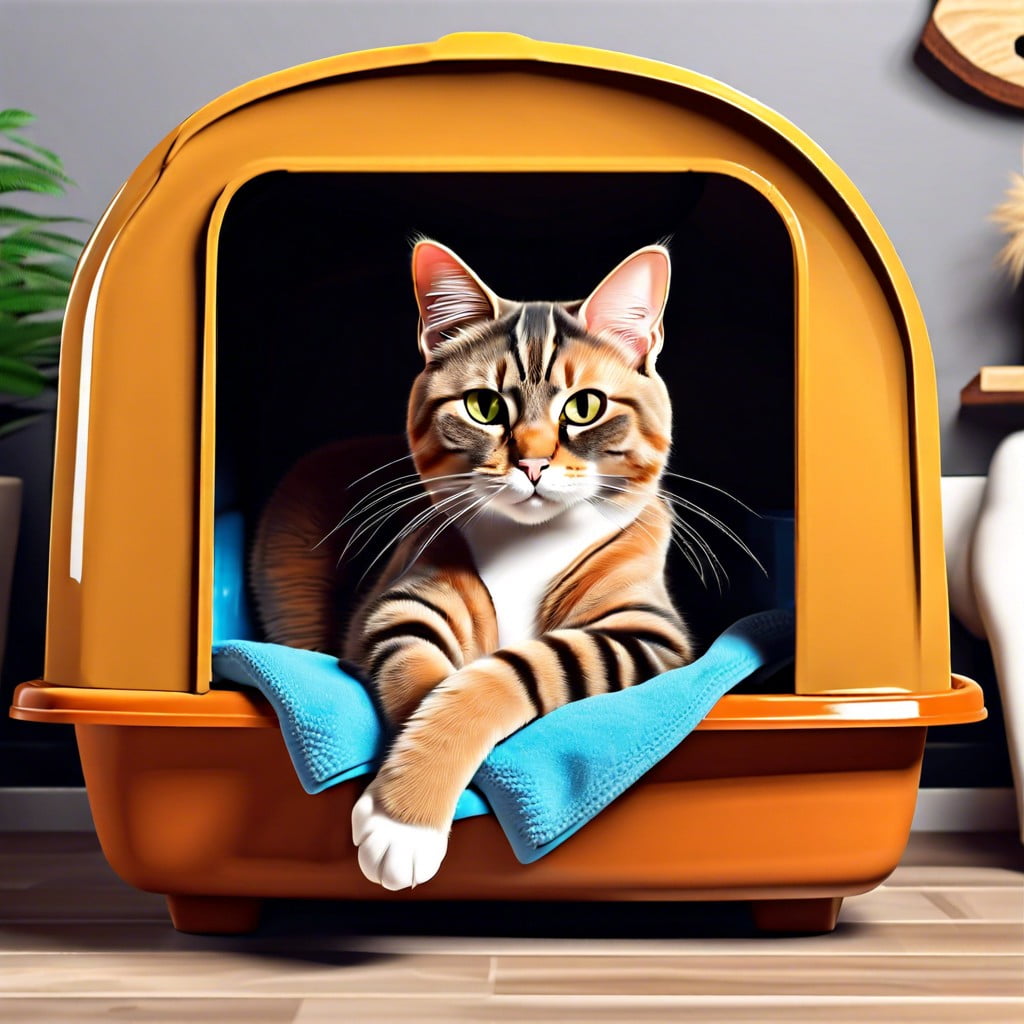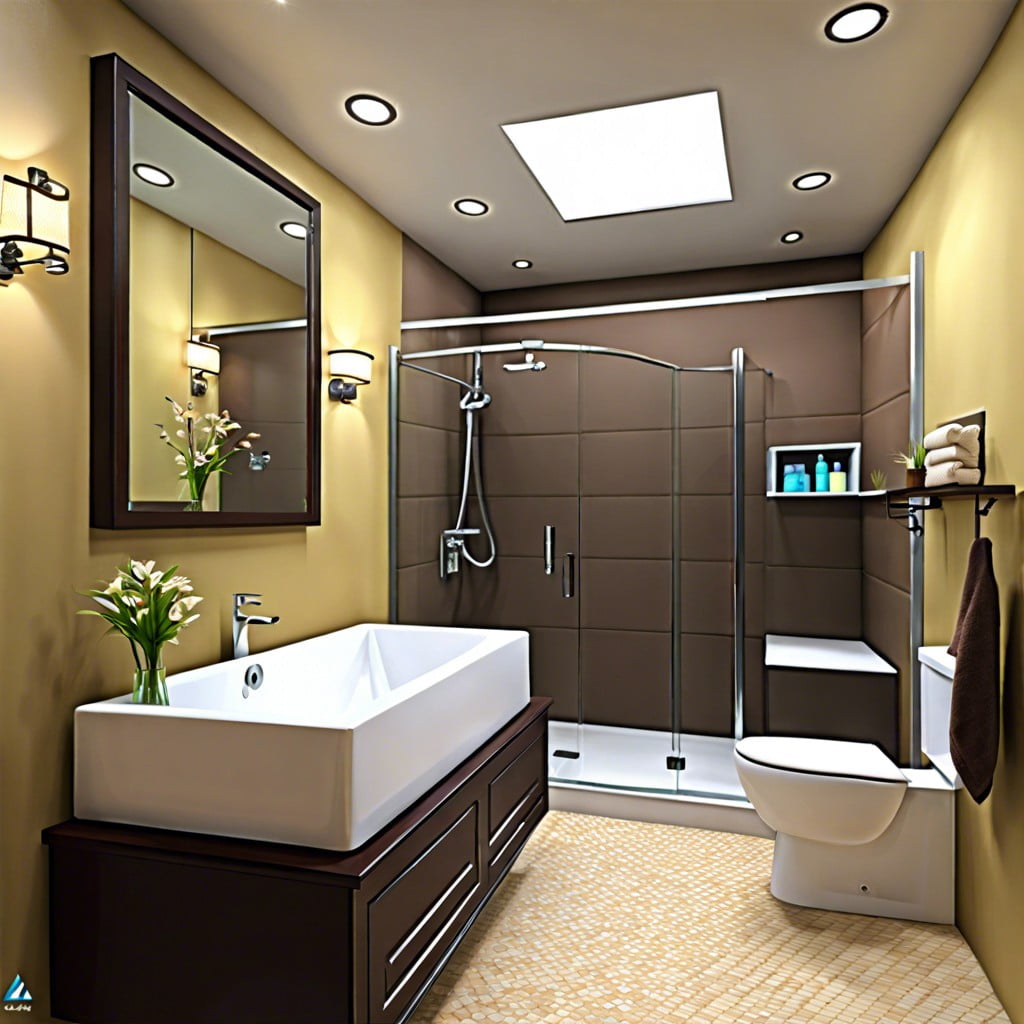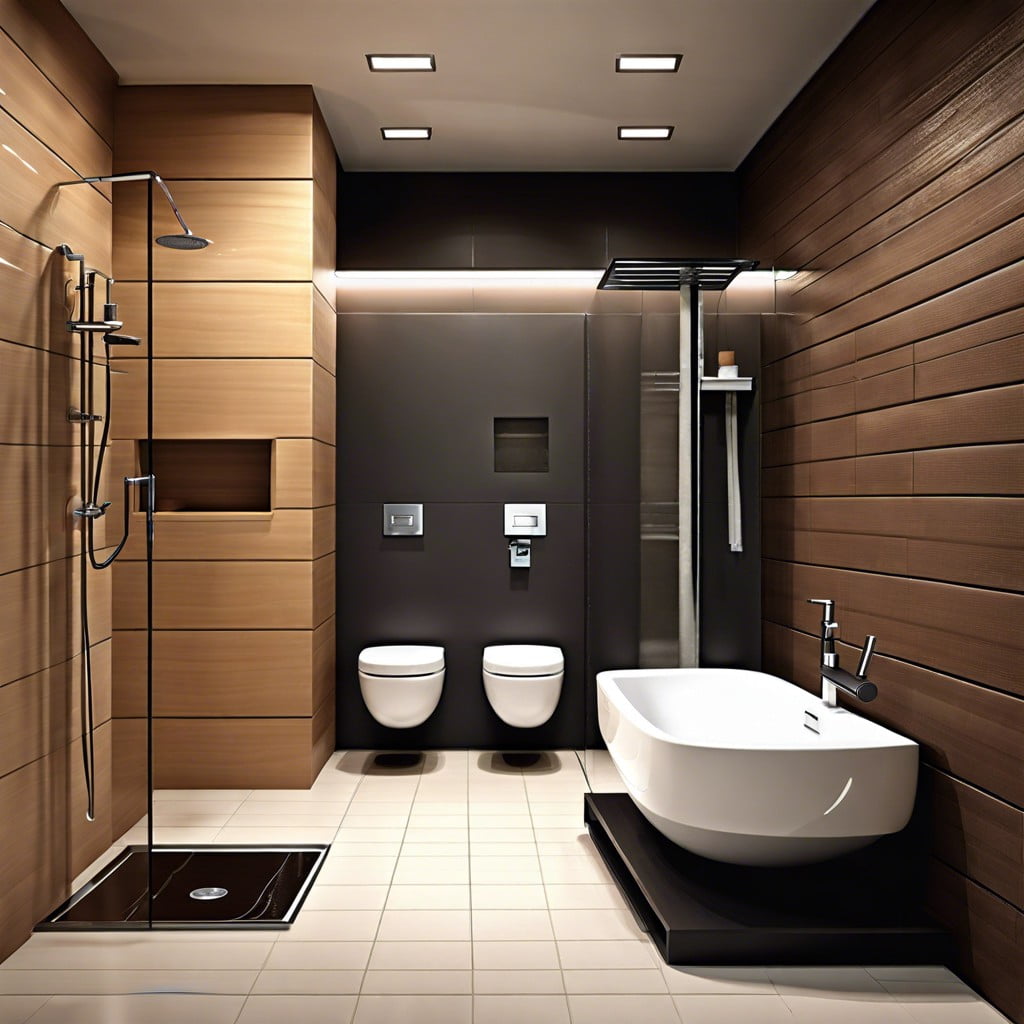Last updated on
Discover what to expect regarding your cat’s bathroom frequency and how health issues could affect it.
Key takeaways:
- Cats can typically hold their urine for 24 to 48 hours.
- Kittens need to pee more frequently than adult cats.
- Hydration and diet affect a cat’s urination frequency.
- Cats with health issues may urinate more frequently or urgently.
- Changes in urination habits should raise concerns and prompt a visit to the vet.
How Long Can a Cat Hold Its Pee?

Cats have remarkable control over their bladder functions. Typically, a healthy adult cat can comfortably hold their urine for up to 24 to 48 hours. However, this duration can vary depending on factors such as age, hydration, and overall health.
Kittens, for example, will need to relieve themselves more frequently than adult cats—roughly every few hours—due to their smaller bladder capacity. As cats mature, their bladder also grows, allowing them to hold urine longer.
Hydration plays a key role in how often a cat pees. Cats who consume more fluids, typically those on a wet food diet or who drink plenty of water, will need to urinate more frequently. Drier diets often result in less frequent urination, but it’s essential to ensure cats on such diets have sufficient water intake to avoid urinary health issues.
Health is another critical factor. Cats suffering from conditions like diabetes, kidney issues, or urinary tract disease may show increased frequency or urgency in urination. Cats with such conditions often cannot hold their urine for extended periods without discomfort or health risks.
While it may seem convenient for a cat to hold urine on long trips or busy days, it’s not advisable to test these limits. Consistent, routine opportunities to use the litter box should be provided to maintain a cat’s urinary health.
Is It Safe to Allow a Cat to Go Without Peeing for an Extended Period?
Absolutely not. Permitting a cat to go without urinating for a prolonged duration imposes unnecessary stress on their system. It’s not just about discomfort; it can lead to serious health complications. Cats, like humans, need to expel waste, and holding it in can result in urinary tract infections, crystalluria, and even life-threatening blockages.
Stress and discomfort aside, the health implications are nothing to brush off. Imagine continually holding your bladder. Eventually, it doesn’t just affect the bladder but can cause further damage to the renal system, leading to chronic issues or acute emergencies that cats, unfortunately, can’t communicate until it’s often too late.
Routine is key here – consistent litter box habits help prevent these risks, and any marked deviation should rouse suspicion that something’s amiss. In essence, prioritize your cat’s bathroom breaks just as you would for any valued member of the family. It’s a simple yet crucial aspect of feline care that should never be overlooked.
When to Be Concerned About Changes in a Cat’s Urination Frequency
A sudden alteration in urination habits signals a red flag. Cats are creatures of habit, so any significant deviation should raise an eyebrow. Frequent attempts with little result indicate a possible blockage or urinary tract infection (UTI). Conversely, an increase in volume or urgency could signify diabetes or kidney disease.
Lackluster litter box visits might not be mere defiance; they could reflect discomfort or pain associated with elimination. Even the most fastidious felines can start to have accidents around the house when facing urinary distress.
Pay attention to the litter box itself. A decrease in wet clumps could mean your cat is retaining urine, which is unhealthy and possibly harmful.
Monitor your cat’s water intake. Unusual increases or decreases point to potential health issues that could affect urination frequency.
Lastly, observe your cat’s demeanor. Agitation, persistent licking of the urinary area, or vocalization during urination all warrant a prompt consult with the vet. Early detection and treatment of urinary problems can prevent more severe health issues and ensure the well-being of your feline friend.
Behavioral Indicators of Potential Urinary Problems in Cats
Cats, often stoic creatures, may not immediately show distress when it comes to urinary issues. Therefore, it’s crucial for pet owners to recognize the subtle behavioral cues indicating potential problems. One tell-tale sign is a cat visiting the litter box more frequently than usual, an indication that it may be experiencing discomfort or difficulty when attempting to urinate.
Another concerning behavior is when a cat suddenly starts avoiding the litter box altogether. This could signal an association of the litter box with pain, prompting the cat to urinate elsewhere. Conversely, a cat may linger in the litter box, straining without producing much urine, which can suggest a urinary blockage or infection.
Pay attention to the posture and vocalizations too. A cat with a hunched back, vocalizing in pain or licking their genital area excessively could be struggling with a urinary tract issue. These signs warrant prompt attention, as they can escalate quickly into serious health concerns.
When to Seek Veterinary Assistance for a Cat’s Urinary Concerns
Quick and decisive action is crucial when a cat exhibits signs of urinary distress. A blocked bladder, especially in male cats, can rapidly escalate into a life-threatening situation. It’s imperative to consult a vet if you observe your cat frequently visiting the litter box, but producing little to no urine or if there is visible blood in the urine. Excessive licking of the genital area, vocalizing when urinating, or showing signs of discomfort are also red flags. Even subtle behavioral changes, like increased irritability or a sudden aversion to the litter box, warrant professional attention. These symptoms could indicate conditions ranging from urinary tract infections to more severe issues like bladder stones or urethral plugs. The absence of urination for more than 24 to 48 hours is an emergency and requires immediate veterinary intervention to prevent potentially fatal outcomes.
Recap




